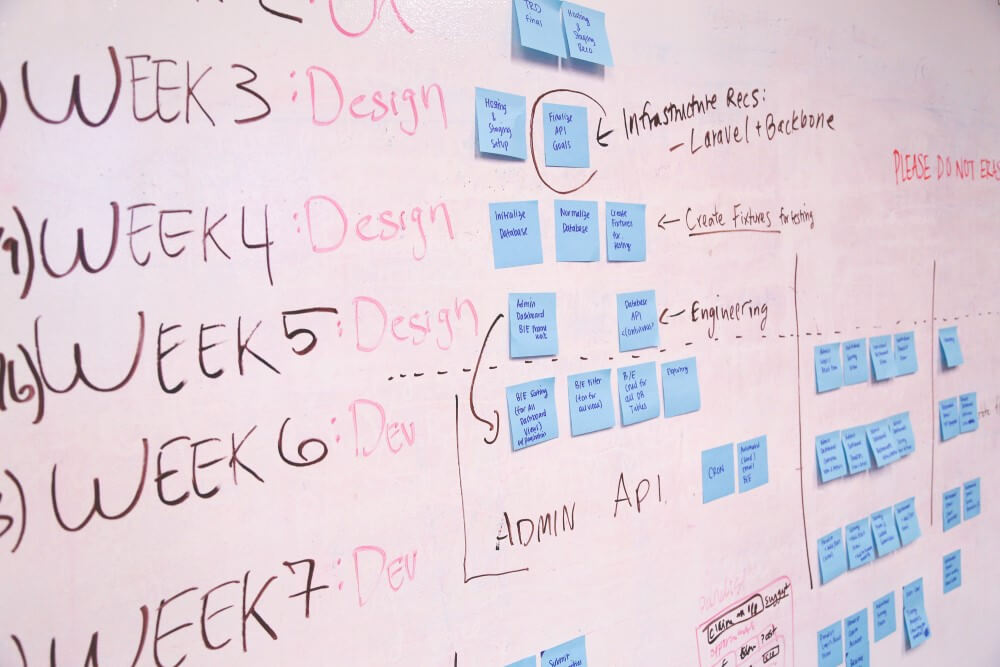
For businesses, building new software always comes with its fair share of challenges. While the whole idea may be technical in certain aspects, it doesn’t necessarily mean that as a business manager/owner, you should just sit by and watch developers do their thing. You should, at least, familiarize yourself with these 5 stages of software development so that you have a rough idea of what you need and how you want it done.
Stage I: Analysis
While most people tend to think the most important stage of a business is the coding bit, this is the most critical. The reason is simple: The rest of the stages follow exactly the conditions defined at this stage. Here, there is an in-depth analysis of the business, the need for software and the gaps set to be filled by the introduction of the particular software into the process. This stage is characterized by brainstorming, arguments and counterarguments on the specific build and functionality of the very software.
Information brought forward to the analysis table should clearly define the business processes, challenges and projections for the future. This way, the new software should espouse the aims and aspirations of the business.
The highlights of this stage should be being convinced the software brings solutions to an existing problem, and the developer presents you with a scope of work to that effect.
Stage II: Design
Just before the programmers begin coding, a feasibility analysis is carried out and the team segments the entire work into smaller tasks assigned to the members. Next, they evaluate the software development project’s feasibility in terms of reliability, cost-effectiveness and time.
At this stage, the main decisions made are how the software will look, the databases to support it and the workflow around the implementation process. Some of the challenges one may witness at this stage are lack of a proper communication plan, over-promising and failure to set timelines.
The Software Development Life Cycle (SDLC) is a fairly simple process to understand. If you are asking yourself the question: “Where are the best IT companies near me to do this job?” Be sure there are lots of these companies but you have to make the right choice based on your budget, business need and size of the required software in terms of the number of its users.
Stage III: Coding

This is the stage often confused to be the first in the list. However, it comes third after all the major considerations and feasibility tests have been finalized. In this stage, software developers are allocated different sections of the software to develop according to the needs discussed in the analysis stage. Best practice requires that the coding be done in a step-by-step basis so that problems and inefficiencies can be detected early for correction. This stage is marked by constant progress reports, discussions and improvements in the design.
Stage IV: Testing
This is one of the most crucial stages in the software development stages. Here, all the stakeholders and users of the software are invited to take part in the usage of the developed software. Similarly, they also get to make suggestions on the specific areas they feel should be improved.
One of the most common mistakes businesses make is skipping the software testing stage or exclusively sharing it with the management without involving its end-users. This could lead to lethargy on the side of the users, especially when employees feel they were excluded from the process.
Stage V: Implementation
This final stage of SDLC is marked in a phased approach where you first train your employees on how to use the new software. Next, you will open up the software to the other internal users like your customers, suppliers and other stakeholders.
The phased implementation approach ensures you stay on course when building custom software for your business for maximum productivity.
Custom software is becoming a buzzword in businesses today with many organizations jumping into the bandwagon without proper planning. However, with this comprehensive guide, you should be better-placed to make sound judgment after following these 5 key stages of software development. Another key consideration is the need for support services by the developer just in case something isn’t working as intended.